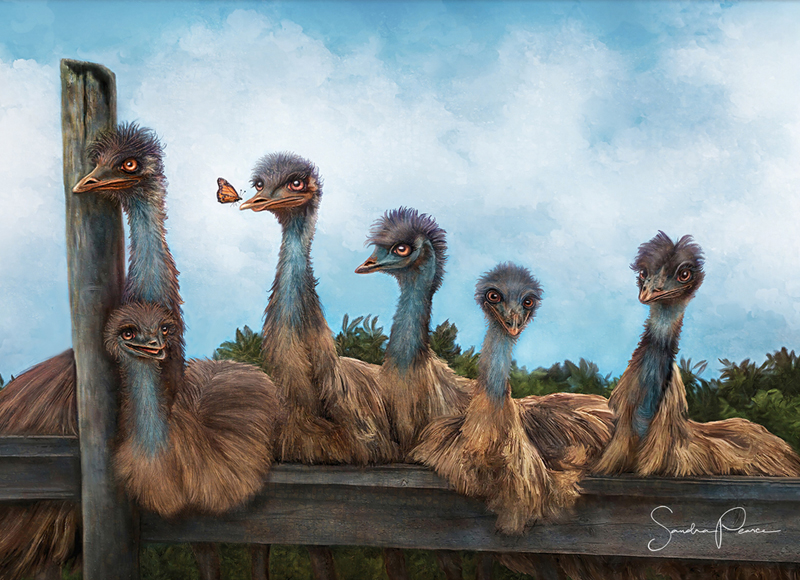by Sandra Pearce
Texas School Instructor
There was a time when Corel Painter was the software of choice for “painting” images. Very few considered using Photoshop. In fact, the popular idea was that you did “retouching” in Photoshop but did “art” in Corel. Today, instructors are popping up everywhere, teaching classes on painting with Photoshop. When I first began many years ago, I took classes from the four top Corel instructors but simply did not enjoy the process with Corel. In 2007, I turned to Photoshop and taught myself how to use the tools available in this powerful software. Eventually, I became the first PPA instructor to teach “Photoshop Painting.”
It is important to understand the difference between “retouching” and “painting.” When you want to maintain the “photographic look” of an image, you retouch it. If you are transforming that image into a piece of art, you may wish to paint it.
In the beginning, the Smudge Tool was my tool of choice for blending. But the Mixer Brush became a game-changer for me. When properly used, this brush can remove fly-away hair, smooth skin, paint backgrounds, and much more. My discovery of its power came almost accidentally one Saturday morning after my eight year old granddaughter spent the night with me. Little did I know that, when she asked me to do a photo shoot of her, the image would one day become one of the best examples to use when teaching many of the techniques I’ve learned.
It is worth noting that I do not necessarily use the Mixer Brush in the way it was intended to be used in Photoshop. I still paint with the Air Brush and only mix with the Mixer Brush. That is the way I learned to paint digitally and that learning curve seemed to be much easier for me. It’s not that the Mixer Brush is so much better than the Smudge Tool. It is just an entirely different tool. While I use the Mixer Brush for large areas and mixing paints, the Smudge Tool is still my detail brush, used for smaller areas. When I’m mixing colors into the backgrounds, I will use a medium-sized air type brush and set the controls at 100 for backgrounds.
Digital Painting is like everything else you learn in life. Excelling at something involves a certain amount of practice with the available tools in order to become proficient. My goal as an instructor is to teach tools and technique to help others take their work to another level. If you want to add something new and fresh to your product line, consider giving your clients a beautiful painted art piece.
www.sandrapearcephotography.net.
